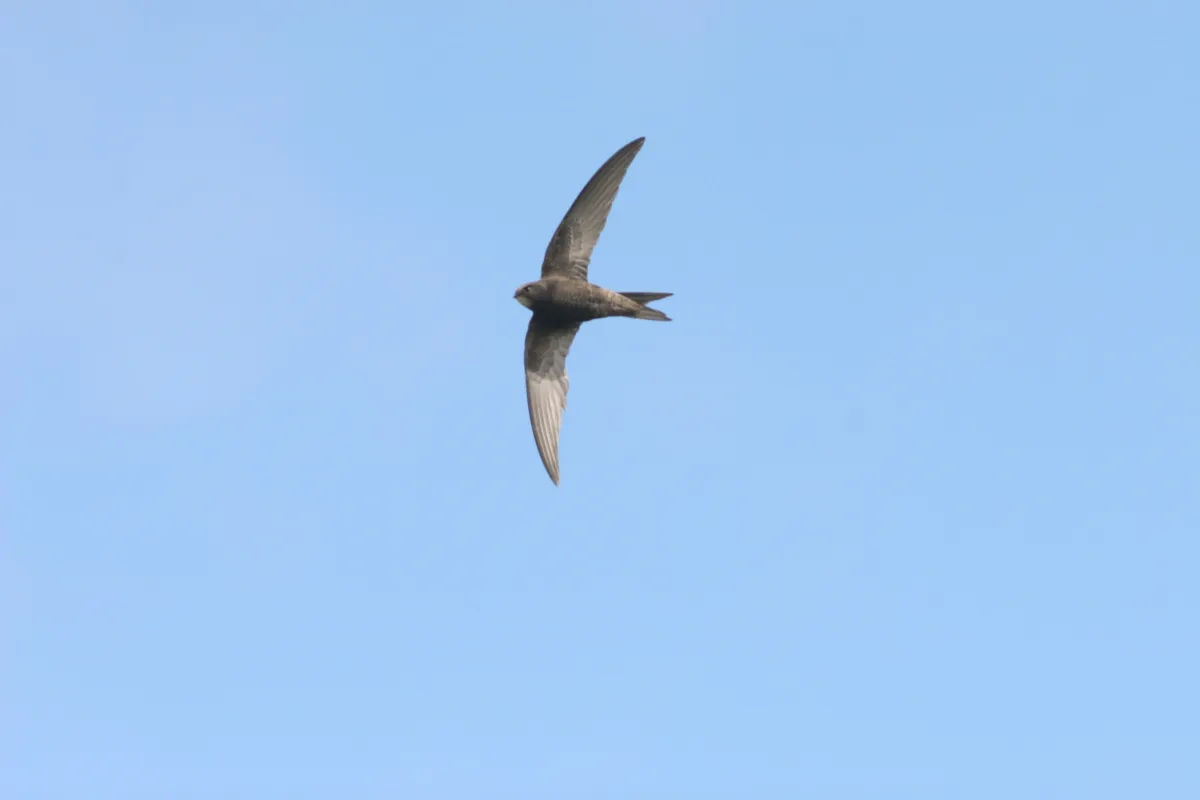National Nest Box Week is back, giving you the chance to get involved with bird conservation in your local neighbourhood and help nationwide efforts to boost bird populations across the UK.
As our gardens and parklands become tidier, natural nest sites – such as holes in trees, old buildings and unkempt hedgerows – are rapidly disappearing. With birds such as sparrows, greenfinches and swifts in precipitous decline, the UK's birds need our help now more than ever.
The RSBP recently found that 1 in 4 species are under serious threat, and so caring for our feathered friends by feeding, providing water and putting up nest boxes to give them a safe space to raise chicks, has never been more important.
It’s easy to get involved, whether you’re a teacher, part of a local wildlife group, or interested in boosting bird numbers in your garden. See our round-up of nest boxes for inspiration, or build one yourself by joining a workshop or following our step-by-step how to build a nest box.
How to take part in National Nest Box Week
Simply put up a bird nest in your garden! Find out where to put up a nest box and which kind to put up at Nest Box Week.
Do you plan to take part? Tag us on Twitter, Facebook or Instagram and include #nationalnestboxweek.

How to attract birds to a nest box
Watching garden birds using nest boxes can bring plenty of joy, but we have a responsibility to make sure they are fit for their intended purpose and hardy enough to give baby birds a fighting chance at life. And with species such as house sparrows and starlings in decline, every little helps.

Here are some simple tips from the RSPB to follow if you’re considering buying or making your own nest box.
Nest boxes should:
- Be robust – they are out in all weather and need to be strong and fit for purpose.
- Be waterproof – they need to be treated with a water-based preservative.
- Have the correct hole-size – if too large predators will easily get inside and rain/wind will get into the box.
- Be safe – no dangerous sharp edges, protruding nails or staples or unnecessary fixtures or small gaps which may harm or trap birds.
- Have good insulation – wood or woodstone is usually the best material.
- Have no perches.
Nest boxes should not:
- Be brightly coloured – the more inconspicuous the better.
- Be made from flimsy material – many boxes fall apart when any weight is put inside.
- Be too shallow – young birds could leave prematurely by falling out.
- Be too deep – young birds may have problems getting out when they are ready.
- Be too smooth on the inside – slippery material will also make it difficult for young birds to get out.
- Have gaps – rain and cold air will get in and cause young birds to get cold and damp.

Ben Andrew, RSPB Wildlife Advisor, said: “Rather than choosing unusual designs and materials, people should stick to traditional, wooden nest boxes; they really are the best and often the most cost effective. It’s also really important to make sure boxes are sited in the correct place. This depends on the species the box is intended for but there’s lots of information on our website.”
How big should the hole in my nestbox be?
- 25 mm: blue, coal and marsh tits
- 28 mm: larger great tits, less common tree sparrows and pied flycatchers
- 32 mm: nuthatches and house sparrows
- 45 mm: starlings
If you enjoyed taking part in National Nest Box Week then why not try the Big Garden Birdwatch next January?

